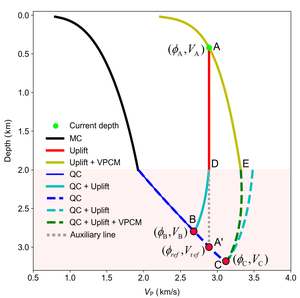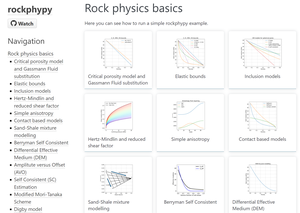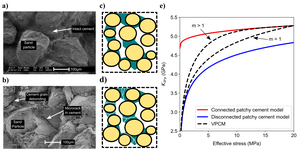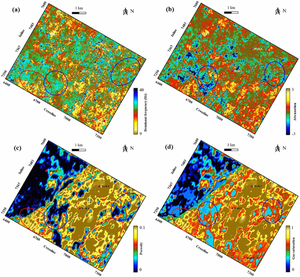Jiaxin Yu
PhD Candidate
Norwegian University of Science and Technology
Doctoral Visting Researcher
Stanford University
My research encompasses both theoretical investigations in the domains of rock and subsurface studies, as well as the practical application of AI technologies to geoscientific endeavors. On the theoretical front, my research interests are primarily centered around rock physics, granular medium theory, and poroelasticity. From an applied perspective, my focus lies in leveraging artificial intelligence for rock mineral identification, employing Graph Neural Networks (GNNs) for simulating granular mediums, and contributing to open-source initiatives dedicated to rock physics and computational geoscience projects.
I am currently a PhD Candidate, working in GAMES project and CGF center at Norwegian University of Science and Technology (NTNU), Norway. I am lucky to receive cosupervision from Alexey Stovas, Per Avseth and Kenneth Duffaut over the past three years. My PhD project started in August 2020 right in the middle of pandemic and I have successfully submitted my PhD thesis on 31.08.2023 and will be soon defending my PhD before the end of 2023. In winter and spring of 2023 I did a research stay as Visiting Doctoral Scholar at Stanford University, in Tapan Mukerji’s group. Before my PhD life, I received a master degree in applied geoscience from RWTH Aachen Univeristy, Germany. I wrote my master thesis in the CGRE (Computational Geoscience and Resevoir Engineering) group with Florian Wellmann, based on the work I did on the Mineral project.
- Rock Physics Thoery and Modeling
- Granular Medium and Poroelasticity
- Quantitative Interpretation and CCS Monitoring
- Deep learning Mineral Identification
- GNN Simulation of Granular Medium
- Python Open Source Contribution
Doctoral Visting Researcher, 2023
Stanford Univeristy
PhD in Geophysics, 2023
Norwegian University of Science and Technology, Norway
MSc in Applied Geoscience, 2020
RWTH Aachen University, Germany
BSc in Geology, 2017
China University of Petroleum, East China
Selected Awards
- 2023 SSRN’s All Time Top Ten download Papers for Environmental Physics eJournal
- 2023 Overseas Research Grant from The Research Council of Norway
- 2022 Equinor Publication Fund
- 2017 Outstanding Undergraduate Thesis Award
- 2016 Wining Award in Fourth National Geological Skills Competition of College Students, Geological Society of China
Useful Links
- Github. Check my Github page for updates.
- rockphypy.Open source rock physics modeling package I created while I was at Stanford.
- ResearchGate. I store private full text for all my papers, please feel free to send me full-text request if you don’t have access to any of the papers. I will to give a prompt response.
Featured Publications
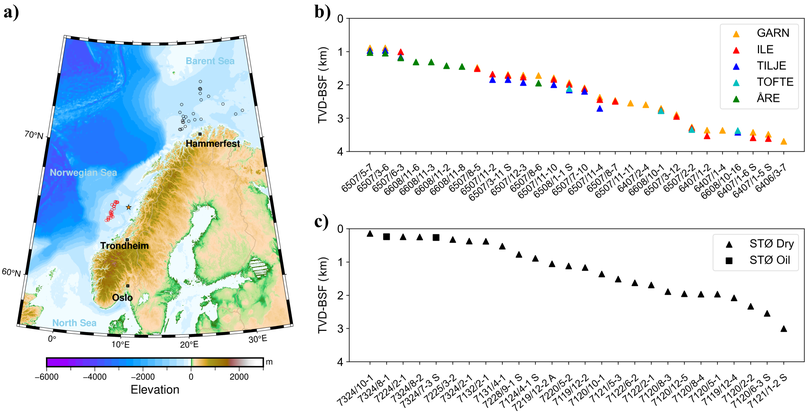
We have gathered a significant amount of sonic velocity and porosity data from normally compacted and uplifted clean sandstones in the Norwegian Sea and the Barents Sea. Notably, we observe significant porosity inconsistency in the exhumed well 6510/2-1 in the Norwegian Sea. In the Barents Sea, well data reveals a varying pattern of porosity inconsistency that not only aligns with the spatial variation of exhumation reported in various studies but also exhibits a positive correlation with the magnitude of exhumation. These observations provide support for the predictions made by the conceptual modeling.
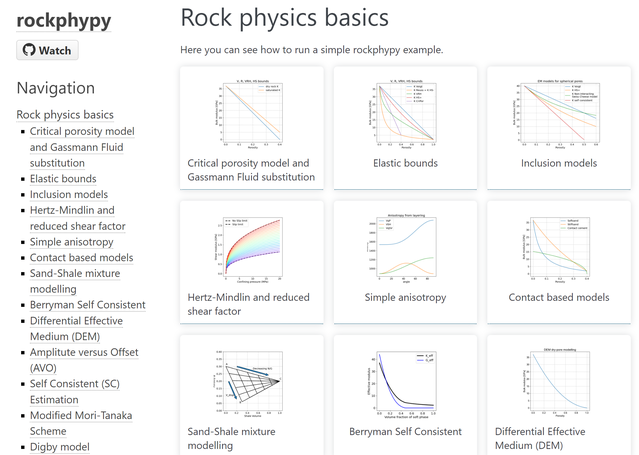
rockphypy is a Python-based open-source library dedicated to rock physics modeling. It caters to individuals interested in rock physics and empowers them to apply rock physics tools in their work and research effectively.Built upon the foundations of Stanford SRB tools , rockphypy has successfully migrated and optimized a wide range of rock physics models from Stanford SRB Matlab tools to Python. Additionally, it extends the functionality by introducing new functions and practical workflows.
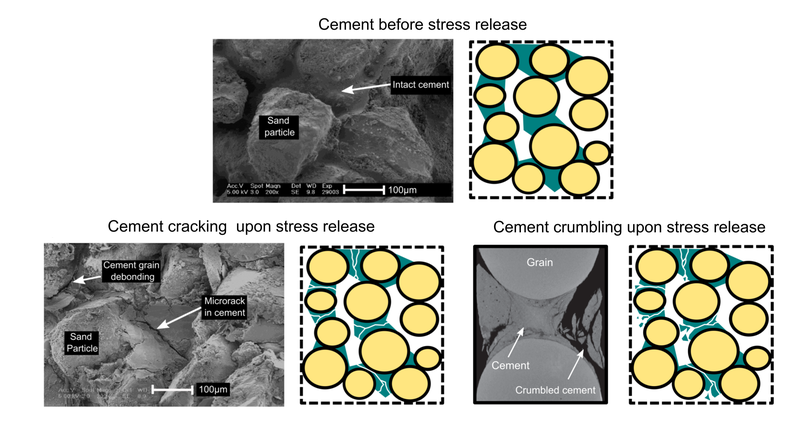
We present a novel rock physics model aimed at quantitatively describing the stress sensitivity of weakly to moderately cemented sandstone during effective stress release. Additionally, we put forward a sequential modeling approach i.e., PCM-VPCM, which effectively explains the hysteresis behavior observed in cemented sandstone during stress loading and unloading. To validate our model’s performance, we compared it against published measurements. The results clearly demonstrate a strong agreement between the modeled stress sensitivities and the measured wave velocities.
Publications
To find relevant content, try searching publications, filtering using the buttons below, or exploring popular topics.
*